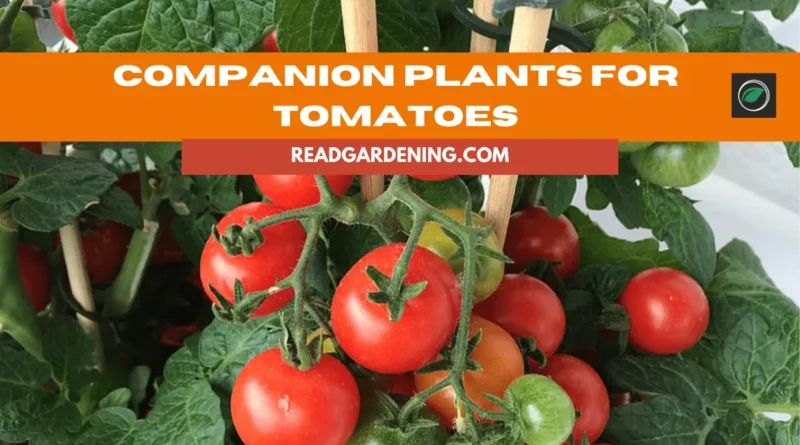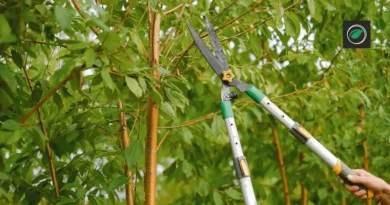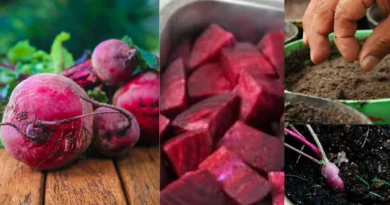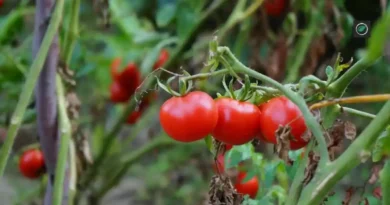Best Companion Plants for Tomatoes to Keep Pests Away (2024)
Companion Plants for Tomatoes: Enhancing Growth and Health in Your Garden
Every gardener whether he is an expert or new in gardening makes efforts to maximize the yield and health of their tomato plants. In addition to excellent soil, water, and sunlight, companion planting can also play an important role in effective tomato production.
In this comprehensive guide, you will come to know what is companion planting, a list of companion plants for tomatoes, exploring the benefits of companion planting, popular choices, and techniques for planning a healthy and beautiful tomato garden.
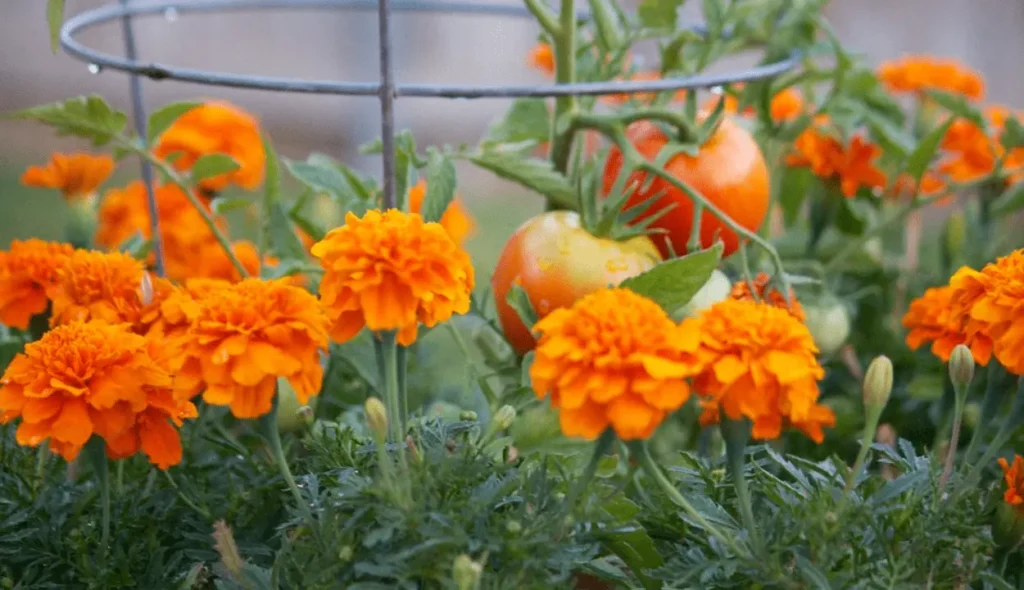
Table of Contents
What is Companion Planting?
Companion planting is a gardening technique where specific plants are strategically grown together to benefit each other. The benefits of companion planting include improved pest control, enhanced soil fertility, and increased crop productivity.
The right companions can help with tomato production by boosting production and reducing insect and disease problems.
Benefits of Companion Planting
- Pest Control
Companion plants for tomatoes control pests by emitting scents or substances that repel common tomato pests like aphids, whiteflies, and nematodes. By using the companion planting technique, you can naturally repel or deter common tomato pests, reducing the need for chemical pesticides.
- Improved Soil Health
Companion planting enhances soil health by nitrogen-fixing plants enriching the soil, some plants releasing compounds that inhibit soil-borne pathogens, diverse plantings improving microbial diversity, and varied root structures improving soil structure. These soil improvements translate into healthier tomato plants and also benefit the entire garden ecosystem.
- Enhanced Pollination
Companion planting boasts pollination by attracting beneficial pollinators like bees, butterflies, and other insects, which play an important role in tomato pollination. Improved pollination can lead to larger and more plentiful fruit.
- Weed Suppression
Companion plants with dense foliage can help suppress weeds, which compete with tomatoes for nutrients and water. Reduced weed growth ensures that your tomato plants have access to the resources they need.
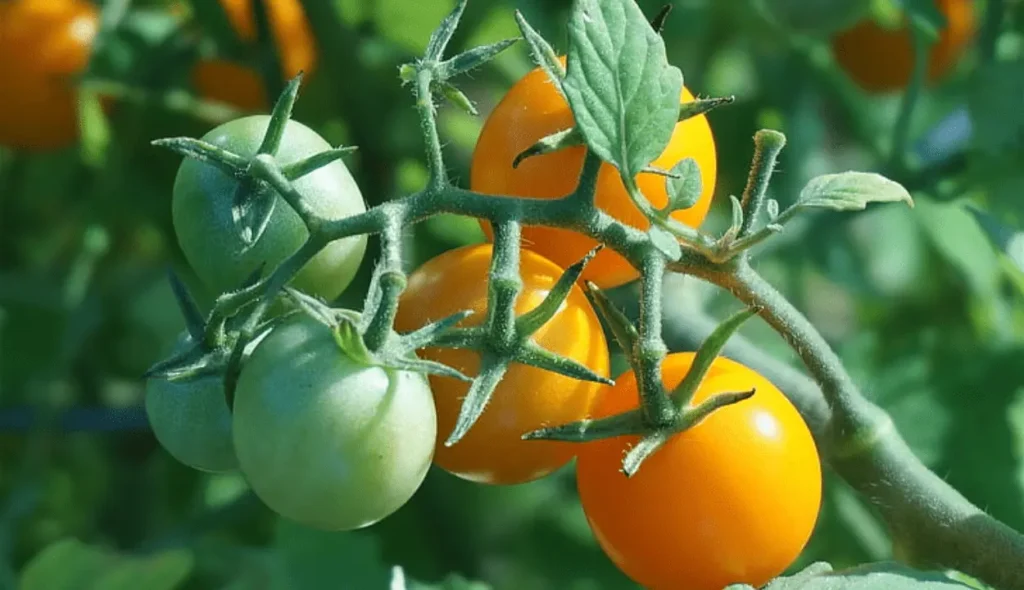
Popular Companion Plants for Tomatoes
Now after knowing the benefits of companion planting let’s see some popular companion plants for tomatoes and how they can help in successful tomato gardening.
- Basil
Basil is used as a companion plant for tomatoes due to its beneficial effects on both plants. Basil emits a strong aroma which enhances the flavor of tomatoes. When basil is planted with tomatoes, it also acts as a natural pest repellent. Growing basil with tomatoes is a wise choice because it deters aphids, whiteflies, and spider mites.
- Marigolds
Marigolds are widely known for keeping pests away. Marigolds release a substance called limonene, which prevents nematodes, aphids, and other pests that can harm tomato plants. Marigolds can be planted as a barrier around your tomatoes to protect them. You can minimize the need for chemical pesticides by cultivating marigolds alongside tomatoes.
- Nasturtiums
Nasturtiums are employed as companions for tomato plants in several ways. Their pungent scent repels aphids, whiteflies, and other common tomato pests, acting as a natural pest deterrent. They successfully attract aphids away from your tomato plants, deterring these damaging insects. Nasturtiums are edible and can add a peppery kick to salads.
- Chives
Chives are excellent companions for tomatoes due to their ability to repel aphids and other common pests. Growing chives increases nutrient availability in the soil, which benefits tomato plants. Growing chives as companion plants with tomatoes is a good idea because they help prevent pests and improve the quality of the soil.
- Garlic
Garlic is a valuable companion for tomato plants. Garlic is a natural pest repellent that can prevent aphids, and spider mites from your tomato garden. Garlic can help lower the possibility of infection and the requirement for chemical pesticides by planting close to tomatoes. Overall, garlic will help tomato plants produce more fruit and is an excellent companion.
- Calendula
Calendula which is also known as pot marigold, not only gives bright yellow or orange flowers, but it also works to prevent nematodes and aphids because of its strong aroma. The beautiful flowers attract pollinators like bees and beneficial insects. Calendula is a great addition to a tomato garden because of its dual function in boosting pollination and preventing pests.
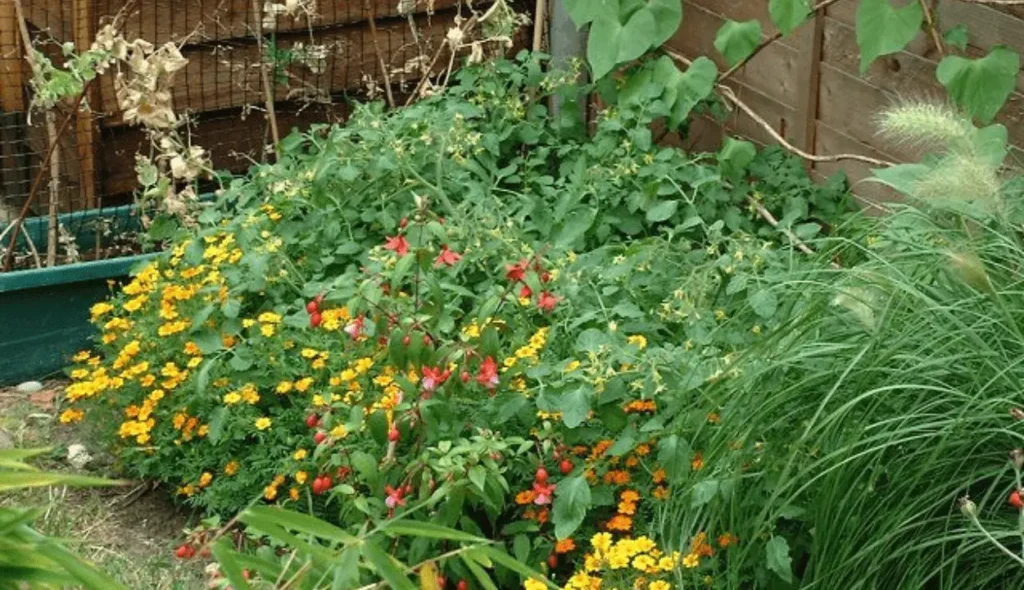
Companion Planting Strategies for Tomatoes
- Inter-planting
Inter-planting in companion planting with tomatoes involves strategically placing other plants among the tomato crop to maximize benefits and minimize potential issues. This proximity maximizes the benefits of pest control and nutrient sharing. For example, you can alternate tomato and basil plants in rows.
- Border Planting
Border planting in companion planting with tomatoes involves surrounding the tomato garden with specific companion plants to create a protective barrier. Marigolds and nasturtiums work well as border plants. This technique is particularly useful for preventing pests like aphids and whiteflies.
- Pot and Container Planting
In companion planting with tomatoes in pots and containers, you can still take advantage of beneficial plant pairings. For instance, you can plant basil, marigolds, or chives in the same container as tomatoes. Always use large-size containers to meet the requirements of the tomato plant and the companion plant.
- Succession Planting
Succession planting is the strategy of planting various crops or companion plants in the same space throughout the growing season. For instance, you could plant an early crop between the rows of tomato plants, such as lettuce or radishes. You can harvest the early crops so that there is space for the tomatoes to grow as they need more space as they mature. With this technique, you will get maximum benefit from space and you can continuously harvest multiple crops.
Companion Plants for Tomatoes to Keep Pests Away
While many companion plants offer pest control benefits, some are particularly effective companion plants for tomatoes to keep pests away. Here are a few disease-fighting companions to consider:
- Borage
Borage is a fantastic companion plant for tomatoes. Borage has the ability of disease-preventing companion for tomatoes. It can deter tomato hornworms. It also attracts beneficial pollinators like bees, enhancing tomato pollination and fruit development.
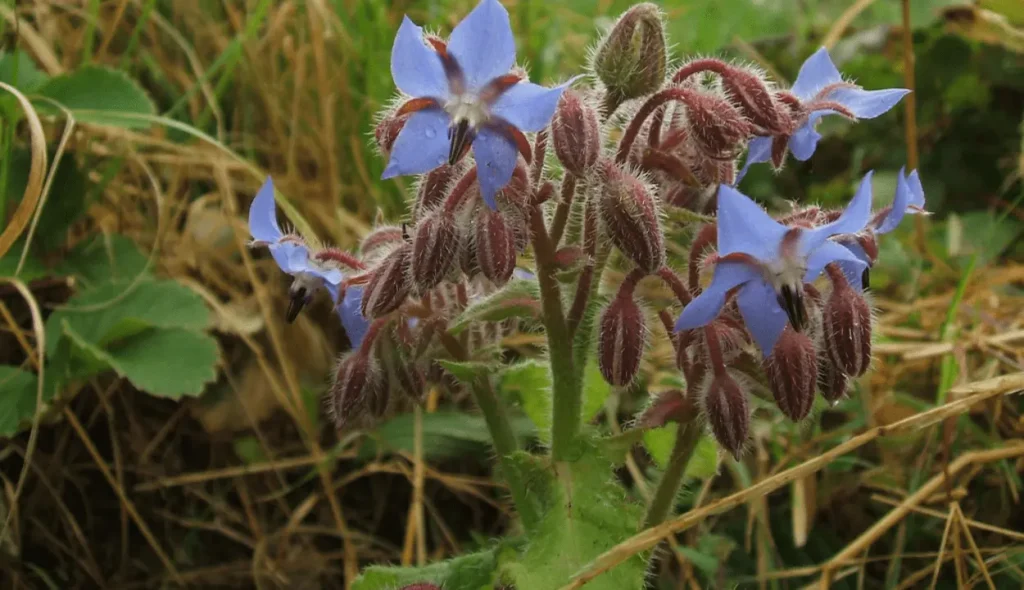
- Mint
Mint serves as a companion plants for tomatoes to keep pests away through its aromatic properties. Mint’s strong scent repels insects and can help deter aphids from attacking your tomato plants. However, it’s important to plant mint in containers or designated areas, as it can be invasive in the garden.
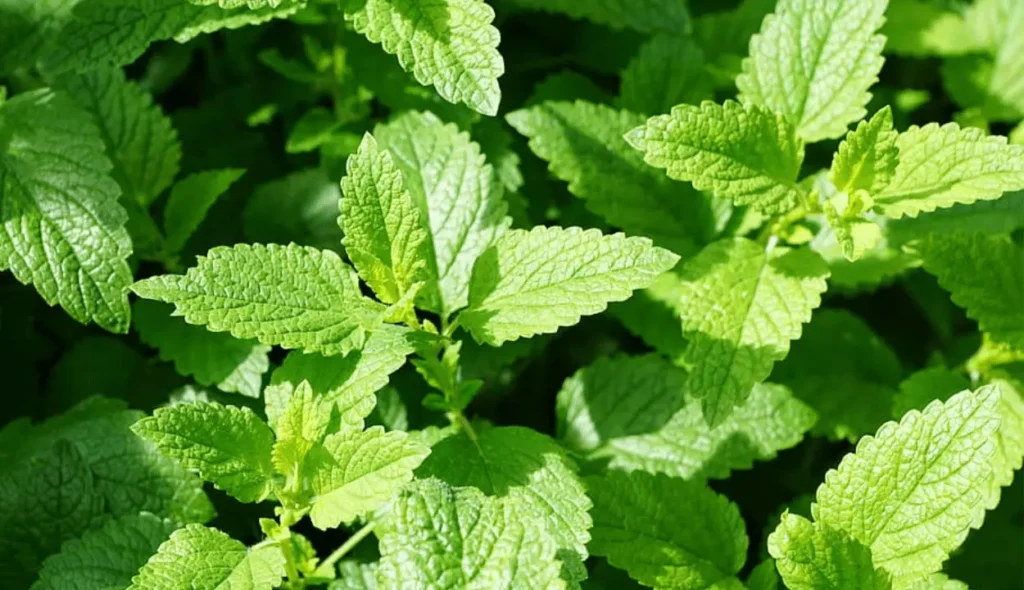
Conclusion
Tomato companion planting is a practical method for enhancing the health and output of your tomato crops. By selecting and growing the right companion plants, you can create a thriving ecosystem that minimizes pest problems, enhances soil quality, and ultimately leads to more delicious tomatoes on your table.
Whether you’re an experienced gardener or just starting, you can try companion plants for tomatoes which will be beneficial for tomato gardens. If you use these strategies you can get maximum benefits of companion planting in your garden for tomatoes.
FAQs
Can I plant tomatoes next to peppers?
Yes, tomatoes and peppers are compatible companions, as they have similar growing requirements and do not compete for resources.
Are there any plants that should not be planted near tomatoes?
Avoid growing tomatoes near potatoes, as they are in the same plant family and can be susceptible to similar diseases.
Can I plant cucumbers with tomatoes?
Yes, cucumbers can be planted with tomatoes, but it is better to leave enough space between them to promote proper air circulation and avoid crowding.
How far apart should I plant companion plants from my tomatoes?
Plant companion plants about 12 to 18 inches away from your tomato plants to allow sufficient space for growth and airflow.
What is the best time to plant companion plants with tomatoes?
Plant companion plants at the same time as your tomatoes to establish a healthy relationship from the beginning of the growing season.

